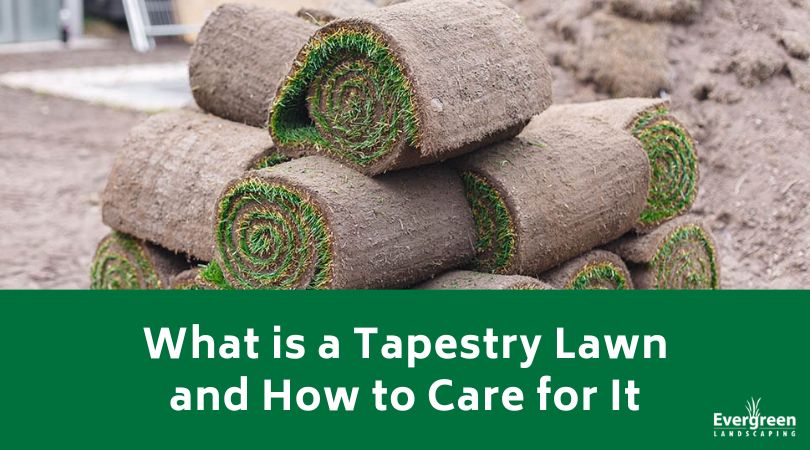
A tapestry lawn is a term for a popular landscape trend. You may hear it referred to as a meadow lawn, matrix garden, patchwork lawn, or prairie lawn. This setup requires removing your traditional grass and replacing it with a mix of flowers and native plants in different sizes, heights, and textures. Tapestry lawns bring both ecological and aesthetic benefits to your space too.
Defining Tapestry Lawns
As the name implies, a tapestry lawn has a mixture of colorful plants that work to create a pretty piece of art. Most homeowners choose to go for low landscapes, and this lawn can vary in height. It can have lower options that sit between 6 and 10 inches, but you can have your plants’ sizes up to 48 inches, depending on your goals. Generally speaking, your landscape will have plants that offer movement, fill in any gaps, and show a new arrangement from season to season. However, the main difference between a wild setup and your lawn is that you pick the plants for your space with environmental, practical, and aesthetic value.
How to Care for a Tapestry Lawn
Generally speaking, you won’t have to do much maintenance every month if you pick out the right native plants for your climate. Instead, most of the maintenance will be at the start of the season for a small clean-up. Then, you’ll have to turn your sights on mowing, trimming, and picking the best plants.
Choose the Best Plants
Tapestry lawns aren’t one zone or size fits all. When you work inside this landscape, the plants you pick out should grow natively to your area, have low water needs, and be non-invasive. In addition, all the plants you pick out should have similar light, water, and humidity needs, so they all thrive.
To create a flourishing tapestry lawn, you’ll want to choose colorful plants for ground covering, like Moonshadow Euonymus, Japanese Spurge, or Angelina Stonecrop. Since this setup usually doesn’t have any ornamental grasses, you’ll want to put a selection of plants to cover the ground that is resistant to foot traffic and aesthetically pleasing to pull off the lush, full look.
Mowing and Trimming
It’s possible to mow your tapestry lawn using a string trimmer or a mower on the highest setting. If you have a sandy area in your yard, you’ll want to skip it and leave the trimmings in place. You want to make a point to rake the debris out for spots that get more sun.
The idea with tapestry lawns is to allow the plants to take the lead and guide how you maintain your space. You may need to make minor changes, like replacing plants or removing ones that seem too aggressive for the area. However, these lawns generally need much less when it comes to weekly lawn mowing. They all require fewer resources once your plants establish themselves. You won’t have to worry about aerating, watering, or fertilizing.
Evergreen Landscaping Can Help Set up Your Tapestry Lawn
Do you want to set up a tapestry lawn in your yard, but you’re not sure where to start or which plants to choose? If so, contact us. Our staff is ready to set your tapestry lawn up for success and reduce your yard maintenance this season.
